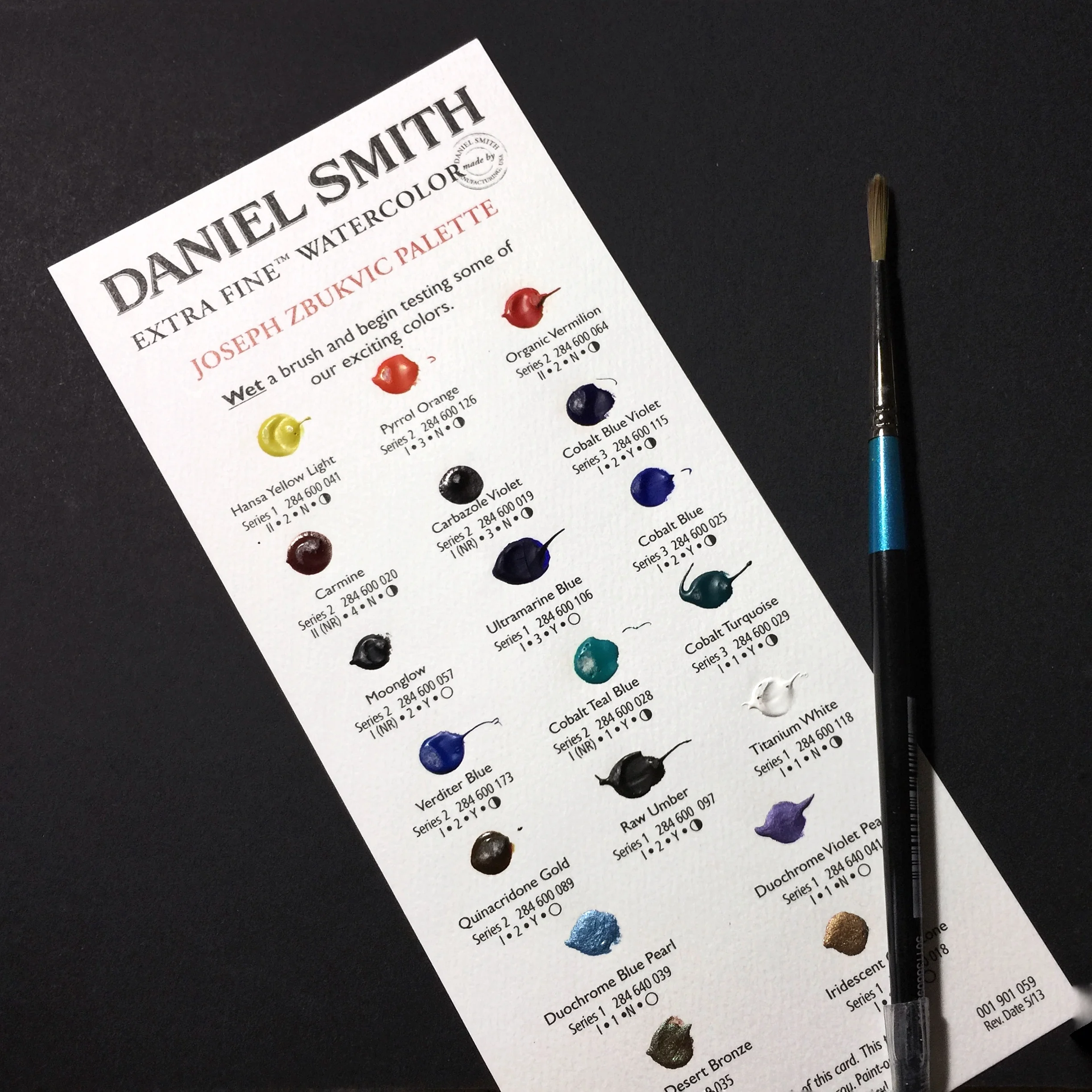This reminded me of the hong kong snack 雞蛋仔/ egg waffle. Anyway, this picture above is the fruit of the tree but really where the gum is from is actually from the bark. Holes are made and the hardened sap is collected. Also, the reason why gum arabic is named the way it is, is because its a gum and it originated from Arabia. How highly creative! I know... just like my Instagram handle @leahdesign.
By the way, did you know that gum arabic can be used for calligraphy too? If you happen to have inks that are too thin so much so that it bleeds into the paper, try adding some gum arabic next time round. It'll help the ink to increase its viscosity and you'll achieve clean lines thereafter. If that doesn't happen, it's probably cause the paper you've used isn't ideal. I have never tried this before but I believe the recommended ratio is 1 part gum arabic to 4 parts of ink. Then again, this highly depends on the individual ink itself and how thin it already is.
- end digression -
During the session, we also got to try out Daniel Smith's watercolours. Being lazy, I ended up walking around and talking to people instead of trying the paints out like everyone did. But to the main point - when WT did a live demonstration, I realise that his style of painting is much akin to performance arts, to which he agreed. Unlike many watercolour artists I see on my noisy Instagram feed, WT's style is manifested in exaggerated arm movements, brush strokes and water splatters. It felt "unplanned", as though he was playing more than painting, as though he just went with it and just be. (Maybe a good analogy would be learning the dance moves and executing them as they are VS learning the dance moves and letting go).
I asked him, "How do you know when to stop?".
"The two hardest questions in art is to know how to start, and how to stop", he said. How disturbingly deep that is! It made me ponder quite a bit. To me, yes, starting is difficult. Whenever it comes to the activity section of my lettering classes, I always have to tell my students to not be intimidated by the big white spaces of the paper itself. Starting on something new is always seemingly daunting. There's many directions you can go with art and just like your life choices, one step leads to another and there's infinite permutations of where you could possibly end up at. If only you knew the "perfect" path, right? How bloody annoying. But hey, you can always take another piece of paper *ha!.
Unlike "The Game of Life", I don't think there's a winner or a loser to a piece of work, just like how grades shouldn't be assigned to art (which calls for another post altogether on whether a piece can be graded an F by teachers). Sure, there's always room for improvement especially technique wise, which could be an area of critique but style wise, I beg to differ at times. It's something you've created, uniquely you and even if it isn't my cup of tea, I'd respect that. If you see something that inspired you, pen it down, draw it out or translate that inspiration to your own art form, be it music, dance or whatever that is that excites you. Starting doesn't have to be that difficult. Just start.
So now that we've semi-established that, how do you know when to stop? Which is harder, starting or stopping? Honestly, I've no idea. But I do know that it is easy to leave a work halfway. Maybe you're burnt out creatively, or perhaps, physically exhausted from the hours and hours of work you've put into that piece.
On the other side of the spectrum, some artists "overwork" a piece. Wait, you can actually do that? Well, yes, I do believe that there's a notion of perfection that one may yearn to achieve or maybe he/she/preferred pronoun has a set of expectations to live up to and it is in that state of perfection chasing, where one may lose track and not know when to stop. A good way to "know" that point of overworking is to sleep on it and come back to the piece with a fresh pair of eyes. Sometimes, it may not be good to do a piece all in one sitting. Or if you're already having thoughts like "Is this too much?", then yes, given that you had that inkling, it's highly likely the case.
Anyhow, my take on it, is that you're you. You're the artist. You're the creator. The piece is done when you decide it's done. Ain't no Tom, Dick, or Harry to tell you when and how to stop. You decide!
WT didn't give me an answer but I guess here's my thoughts on it. I apologise if I sound like I'm blabbering cause I probably am. I may even have contradicted myself, damn. But yes, here's the inner workings of my mind.
Just to close this already lengthy post, we each receive this sample too:





